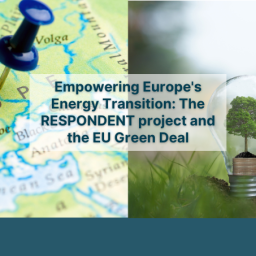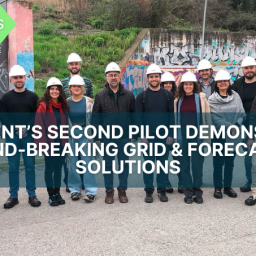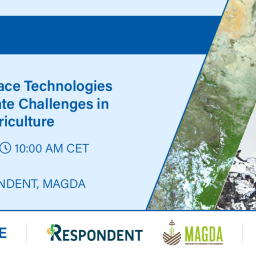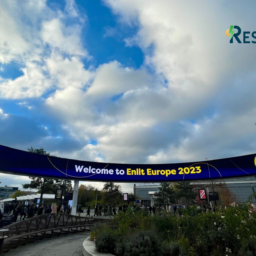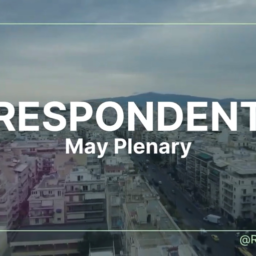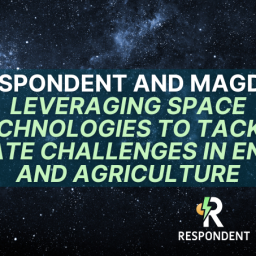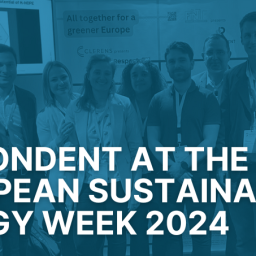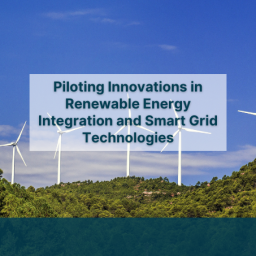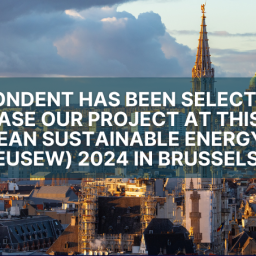
European space technologies Galileo and Copernicus are being harnessed by the RESPONDENT project to revolutionise renewable energy forecasting, combining satellite data with AI to create more stable and efficient power grids
In an era defined by the urgent need for renewable energy to be integrated into existing power grids, space technologies are emerging as key components in the advancement of such aims. As nations worldwide grapple with ambitious climate targets and the pressing need to reduce carbon emissions, the integration of renewable energy sources presents both opportunities and challenges.
Power grid operators face the complex task of balancing intermittent renewable supplies with consistent demand, requiring ever more sophisticated forecasting and management tools. It is in this context that space-based technologies are proving to be unexpectedly powerful allies, offering unprecedented accuracy in weather prediction, energy forecasting, and grid synchronisation.
A New Frontier in Renewable Energy
The RESPONDENT project is a represents a key player in Europe’s clean energy transition, seeking to harness the incredible power of space-based technologies to address the issue of accurate forecasting for renewable energy sources (RES).
Funded under the Horizon Europe program and managed by the EU Agency for the Space Programme (EUSPA), RESPONDENT combines cutting-edge tools like Galileo and Copernicus with innovative artificial intelligence (AI) models to transform how energy is generated, distributed, and consumed.
Renewable energy sources such as solar and wind are inherently variable, making their integration into power grids a complex task. Traditional methods of forecasting often fall short due to the lack of real-time, high-quality data. Indeed, it is vital that operators accurately predict generation and demand while ensuring grid stability to ensure a stable supply of energy. RESPONDENT addresses these gaps by integrating European space technologies, creating a forecasting platform that delivers precision and reliability.
Integrating Galileo and Copernicus: The Technical Foundation
At the heart of RESPONDENT’s innovative approach to RES forecasting is the utilisation of Galileo, the EU’s Global Navigation Satellite System (GNSS), and Copernicus, the EU’s Earth Observation Program. Taken together, these space technologies play complementary roles in RESPONDENT’s forecasting system. Galileo provides precise timing and synchronisation capabilities, critical for monitoring power grids in real time. By enabling sensors such as Phasor Measurement Units (PMUs) to deliver synchronised, high-resolution data, Galileo ensures that power grid operators can detect and address imbalances before they escalate into disruptions. This synchronisation also enhances the accuracy of the AI models developed within RESPONDENT, ensuring that forecasts are based on the most reliable data available.
At the same time, Copernicus offers a wealth of Earth Observation data that RESPONDENT leverages to refine predictions of renewable energy output. Real-time solar radiation data from the Copernicus Climate and Atmosphere Monitoring Service (CAMS) supports accurate forecasting of photovoltaic energy generation, a crucial component of Europe’s renewable energy strategy. RESPONDENT’s integration of this data into its forecasting module allows for a detailed understanding of renewable energy dynamics, even in the face of changing weather patterns or regional variations.
Socio-Economic Considerations and Future Impact
Looking beyond forecasting capabilities, the RESPONDENT solution suite also incorporates socio-economic factors to tailor its tools to diverse European communities. By considering a broad range of variables, such as population density, energy consumption habits, and economic conditions, RESPONDENT delivers solutions that are not only technologically advanced, but also consider the issue of RES integration as one of social equitability. This comprehensive approach ensures that the benefits of renewable energy reach all corners of Europe while supporting the EU’s goals for a resilient and sustainable energy future.
As we have seen, the success of RESPONDENT lies in its ability to combine the power of Galileo and Copernicus with advanced AI and data analytics. These tools enable the project to address critical challenges in renewable energy, from ensuring grid stability to optimising energy distribution. By creating a platform that integrates space-based data with ground-level insights, RESPONDENT is driving innovation that has the potential to reshape Europe’s energy landscape.
As the world moves closer to embracing renewable energy at scale, the role of projects like RESPONDENT are becoming increasingly vital. By leveraging Europe’s space technologies to solve Earth’s energy challenges, RESPONDENT seeks to not only transform energy forecasting but also paving the way for a sustainable future. This project underscores the powerful synergy between space and sustainability, proving that the solutions to some of our greatest challenges may lie beyond the planet itself.

